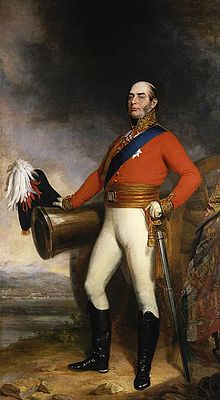Annotation:Prince Edward's Fancy
Back to Prince Edward's Fancy
PRINCE EDWARD'S FANCY. English, Country Dance and March (2/4 time). D Major. Standard tuning (fiddle). AABBCC. The melody was first printed in William Campbell's Campbell's 8th Collection of newest and most favorite Country Dances & Reels (c. 1793). It was reprinted in a few subsequent publications and Regency era musicians' manuscripts.

The title refers to Prince Edward Augustus (1767-1820), Duke of Kent and Strathearn, the fourth son and fifth child of King George III. He was the father of Queen Victoria. Prince Edward was a military figure who was the first to live for a time in Canada (on two different occasions), and the first to set foot in the United States after the War of Independence. While finishing his studies as a young man in Geneva, in 1790 he met a woman named Thérèse-Bernardine Montgenet, Madame de Saint-Laurent, a French colonel's wife. They became lovers and she accompanied him to Canada in 1791, when he was posted there. In Canada she was known as "Julie de Saint-Laurent," and assisted his connections with French-Canadian society. Saint-Laurent was the Dukes companion for the next 28 years, until circumstances of succession of the English crown necessitated Edward's marrying and producing a legitimate heir to the crown.
There is no evidence of the Prince and his mistress had any children, but many families in Canada have claimed descent from the couple.
There are a large number of places named in his honor; perhaps the most prominent of which is Canada's Prince Edward Island, originally named St. John's Island. In 1798 the legislature of the island voted for the change.
Source for notated version:
Printed sources: Cahusac (12 Country Dances), 1794; p. 2. Wilson (A Companion to the Ball Roos), 1816; p. 100.
Recorded sources:
